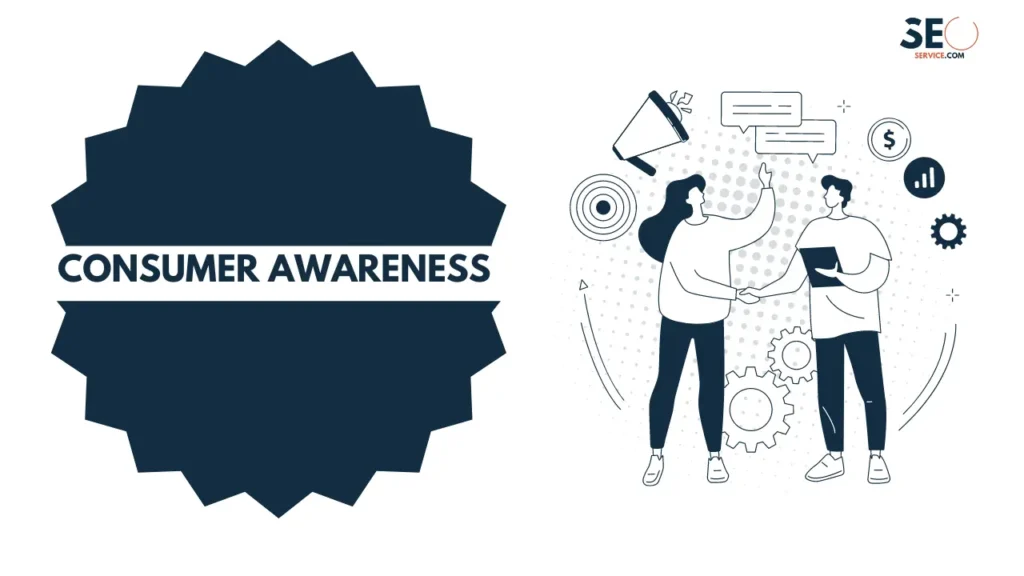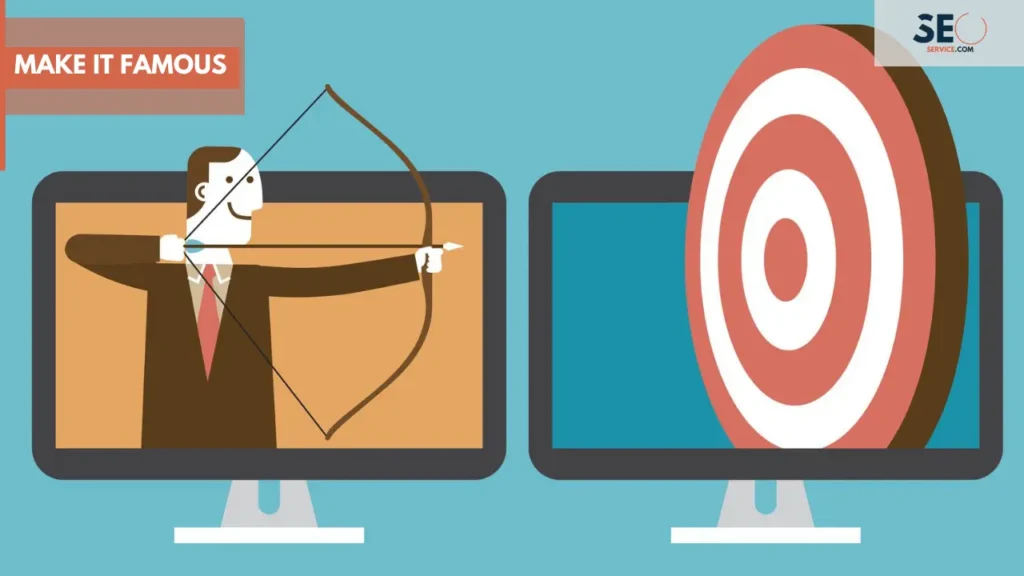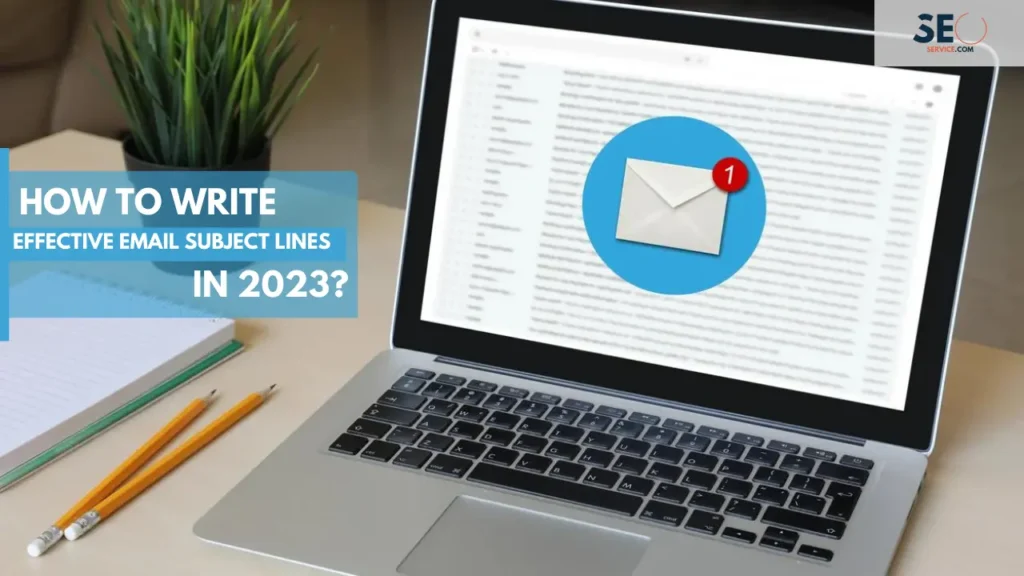Writing effective email subject lines may be the most challenging copy work you ever do. Seriously, put on your consumer hat. How many emails do you send to the trash, unopened, each day?
Effective subject lines are key to ensuring emails stand out in crowded inboxes, leading to higher open rates and engagement.
Never have so few words caused so much distress. But if one’s entire business hinged on getting messages open, they would understand your plight.
What makes it more challenging: the target for effective email marketing subject lines is always moving. Tactics that worked last year may not work this year.
What Makes 2024 Different from Years Past?
2024 stands out due to increased market competition and evolving consumer awareness, making it essential to adapt email marketing strategies.
Inbox Competition
When there is more competition for your attention, you instinctively start thinning the herd. Think about your own email account for a moment. (You may have to go back several years for this.)
Upon first opening, you got excited whenever the word “Inbox” went bold and featured a number next to it. “You’ve got mail!”
It didn’t take you long to realize a lot of those messages were either blatant or cleverly-disguised spam. Over the passage of time, you started whisking those messages to the trash bin with a single swipe, unopened.
Your audience is no different. The messages you send better be useful, or you’ll end up on the afterthought list.
Consumer Awareness

Marketing emails are getting more challenging because consumers are savvier than they’ve been. Researching for a product or service can easily be done via the internet. They know when they’re being sold to, and they hate it.
However, that doesn’t mean they hate buying. There’s just more of a sentiment that if what you have to say is so great, they’d already know. Triggering them with marketing-speak, even of the subtle variety, is an instant turnoff.
Marketing Cynicism
Consumers are more cynical about everything these days. While institutional trust is up, it’s tougher for religious bodies, politicians, and marketers.
Too many customers have been burned by empty promises or products that don’t work either promoted via social media platforms or web. Email marketers have the added annoyance of sharing the same medium as people who perpetrate phishing scams.
It’s a tough climate. And it demands a compelling hook to achieve effective email subject lines. In the next section, we’ll show you exactly what yours should be doing to get around these issues.
How to Ensure Your Content Overcomes the Challenges
With all this focus on subject lines, we don’t want you to lose sight of the content itself. Following all subject line best practices won’t deliver results without strong content. So bone up on your craft and have a compelling offer.
That said, even the best content won’t get a first look (let alone a second) with poor email marketing subject lines. You can avoid this dilemma by following these suggestions.
1. Find Creative Ways to Establish Urgency
Wayne Elsey of the Forbes Business Development Council urges every email marketer towards a sense of urgency. Urgency marketing creates the expectation in consumers that they’ll never see your offer again. And if done well, it will trigger them to buy every time.
Now, most consumers are wise to the fact businesses won’t just stop offering deals forever. If you have a recurring offer that never changes, for instance, your opt-ins will recognize the pattern.
As a result, they won’t be as likely to buy. The thought: “I’ll just do it the next time around.”
But if you can create a new twist each time, you’re likely to overcome their complacency. If you have one “25 percent off all purchases” day each month, consider singling out a unique item. Offer an even deeper discount in addition to the standard deal, and they’ll be more likely to bite. Establish urgency by highlighting limited-time offers or exclusive deals, encouraging prompt action from recipients.
From there, make that one item the focus of your subject line. “[Item Name] 30% off this Saturday only + 25% off all purchases.”
2. Stimulate Curiosity in the Subject

Urgency marketing often demands a more upfront approach with your offer. But the hard sell isn’t always necessary. In fact, sometimes it can be a turnoff.
That doesn’t mean the scoffers can’t be reached, though. All you need to do is find some way of rousing them from the obvious.
What if you sent them an email like, “DO NOT OPEN”? Some would take you up on that, perhaps sensing a sales pitch. However, many would wonder why you don’t want them to open the message you sent!
Curiosity also can work in a subtler sense. Imagine you’ve got a recipient who’s signed up for your newsletter. They already trust what you have to say to a certain extent. Curiosity in subject lines can drive higher open rates by intriguing recipients and prompting them to explore the email’s content.
Simply leveling a “This changed me” in the subject line can generate enough curiosity to get a click. Either way, make sure the content on the other side delivers on the promise. Otherwise, they’ll never again trust your use of this approach.
3. Boldly Serve Up Your Offer
Just being upfront about the message can go a long way. “I’m giving away my book for free.” If they’ve been on the fence, that’ll get them to click.
You can combine this with a sense of urgency (“today only”) to improve the odds. This particularly works well when you’ve got the value to back it up. Otherwise, it can get a little spammy.
4. Cater to the Individual
If you’ve only got eight subscribers, it’s easy to send personalized email messages to each recipient. The connection is strong. You know what will be meaningful to them.
It’s tougher — or at least seems that way — when you’re working from a larger list. But not really. You just have to think in smaller, more segmented terms.
How do you do this? By focusing first on pain points more than individuals. Put together a list of recurring complaints or requests or concerns.
Personalizing subject lines by addressing individual preferences or pain points can significantly enhance relevance and engagement.
From the list, start baking a message that will appeal to the individuals who’ve shared those particular issues. You also want to use your list-building tools to group each individual within their respective segment.
Make sure the message is on point. Then, boil it down to a subject that will capture your targeted segment.
5. Seize the Moment
Some of the most effective email subject lines live in the moment. They’re timely. They deal with current events or issues and topics of immediate interest.
Partisan “news” organizations are good at using this to push certain informational products or supplements. They look at the latest spat between Republicans and Democrats and tailor the message (often fear-based) to get their subscribers to click.
But you don’t need a politically-driven product or service to make this your own. For example, “Done the Facebook 10-Year Challenge? You Won’t When You Read This.”
The subject line above capitalizes on a social media trend that will probably be forgotten in six months. Acting quickly can grab some fast and heavy attention, though.
6. Make It Famous

Every niche has its influencers. Spend any length of time covering a topic in-depth, and you’ll know who they are.
As you build your audience, make note of the top ones in your field. They have the capacity to sway the masses with a single sentence.
The financial world is a great example of this. If your Average Joe says something about a stock, few will listen beyond the circle of people who trust him. If Warren Buffett endorses that same stock, however, it’ll go through the roof.
People will be rushing to buy it. Changing their retirement plans overnight just to do what the Oracle of Omaha tells them.
Here’s where your email subject line comes into play. Stay plugged into these influencers, and you can piggyback on their brilliance.
You tell us what’s better: “Buy this stock now if you want to retire early”? Or “Warren Buffett shares the one stock that’ll guarantee you an early retirement”?
Most people would go for the Buffett version. So consider ways you can harness famous people for more effective email subject lines.
7. Get Out Your Paintbrush

Hoping by now you see email marketing subject lines can be effective in many forms. You can be vague or you can be specific.
You can rouse curiosity or come straight at the subscriber with an offer they can’t refuse. But have you thought about painting a vivid picture? Is an image impossible to forget?
Example: “Ever tell you about the time I found a brown recluse in my coffee?” Who wouldn’t want to open that?
- How did you react?
- What happened to the spider?
- Who put it there?
- Did anyone get hurt?
- What does this have to do with the reason for this list?
Any time you can find a striking visual that triggers questions, you’re off to the races. Just pay close attention to that final question.
Your audience doesn’t want their time wasted. And your vivid visual needs to have something to do with why they gave you their email address.
Effective Email Subject Lines May Be the Most Important Words You Ever Write
They are the keys that open the locked doors of your subscribers. You’ve got five, maybe 10 words to do the trick.
But here’s the thing. Some of the most effective email subject lines may only need one. It just depends on how it connects to the content itself.
If you need help with your email marketing efforts or SEO for your business, you’re not alone. Follow our blog and be well on your way to unlocking those doors.

